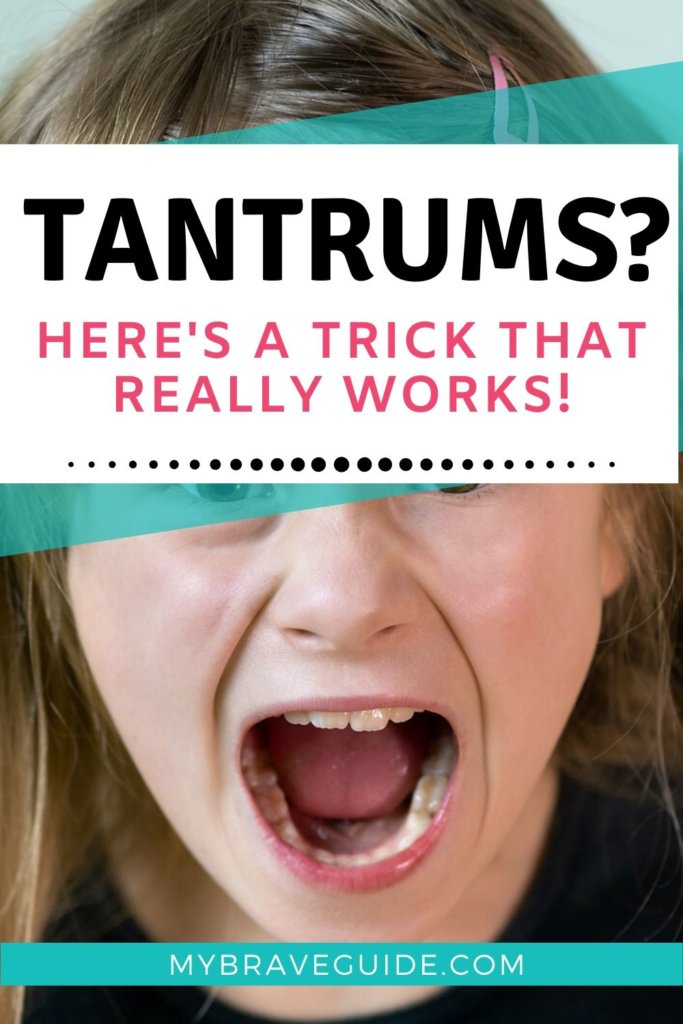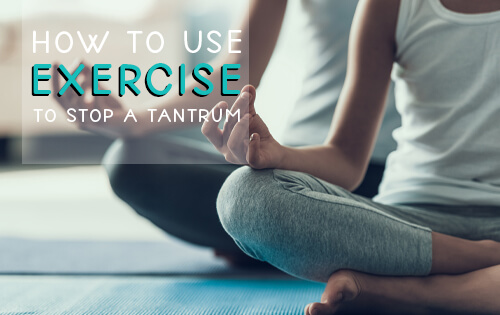Multiple studies have shown that exercise can positively impact children’s regulatory processes. This is great news if you have a child who is struggling with tantrums. A tantrum is generally a sign that a child is lacking the skills to effectively regulate their behavior as well as communicate their emotions and needs in an appropriate way. We’ll talk more about teaching children how to communicate their needs and emotions in the next blog post, but for today, let’s examine how to help children become better at self-regulation through managing their behavior.
This post may contain affiliate links.
What is Self-Regulation
The term “self-regulation” is an important term in child development and psychology. It refers to the ability to manage emotions, thoughts and behaviors in order to achieve a particular outcome or goal.
For example, self-regulation means that if a child is being asked to complete their homework, and they don’t want to, they are able to manage their tone of voice, their behavior, and their thoughts in order to communicate that they don’t want to. They are able to navigate a discussion without a tantrum or other behavioral issue. And they are able to find a solution that they can follow through with.
Generally, children learn self-regulation skills throughout childhood. A 2 or 3 year old is in the intense learning phase and is developmentally expected to have many tantrums that signal a difficulty in regulating their thoughts, emotions, and behaviors. As a child gets older, they are expected to have fewer tantrums and other negative behaviors and be able to more effectively express their thoughts and emotions and regulate their behaviors on their own.
That being said, the process of learning the coping skills necessary to be a good self-regulator can be a lifelong process and many older children still need help learning skills that will enable them to stay calm when they feel upset.
How to Teach Self-Regulation Skills
Teaching a child coping skills that will allow them to be good at self-regulating is an important parenting goal. There are many ways to teach, model, and use coping skills with kids. This article explored 75 Calm Down Techniques that are all excellent coping skills. This article here talks about creating a Calm Down Kit which is also a great way to teach Coping Skills to kids. You can also check out my deck of Calm Down Cards which is a handy way to teach Self-Regulation skills on the go, or really anywhere. (There is also a mini version of printable Calm Down Cards that you can access in the Parenting Resource Library.)
Over the past 5 blog posts, we have been focusing on how to teach coping skills to children when they have already tipped over into a tantrum. It is impossible to teach coping skills in the middle of a tantrum. So, the first goal, when your child is throwing a tantrum, is to stop the tantrum. So far, we have discussed using distraction, using playfulness, and using choices as a means to stop tantrums. Today, we will look at using physical exercise as a means to stop tantrums.
How to Use Exercise to Stop a Tantrum
For many kids, expending some energy can significantly improve their behavior. I find that if I am willing to do a physical activity with my kids, then they are generally willing to try it, even in the midst of a tantrum. For example, when my oldest gets upset, I will occasionally say something like, “you know, I am feeling pretty frustrated right now, I am going to try to work some of that off by jumping on the trampoline. You are welcome to join me if you like.”
It is a good idea to have 3 or 4 different means of physical exercise that you can suggest and use with your child when they are having a tantrum. Here is a list of ideas:
- Jumping on a Trampoline
- Riding a Bike
- Going for a Walk
- Jumping Jacks
- Yoga Poses (Especially ones that involve the heart being above the head (inversion) as studies have shown that inversion can positively impact behavioral issues.)
- Using a Hippity Hop Ball
- Having a Pillow Fight
- Having a Dance Party
- Push-ups (or wall push-ups)
- Using an exercise band
Using Exercise Beyond Stopping a Tantrum
It seems important to note that exercise is an excellent parenting tool for teaching self-regulation outside of stopping tantrums as well. There have been numerous studies that have found a direct correlation between exercise and children’s ability to focus, regulate their behaviors, and have happier, more positive emotions.
Finding ways to get your kids moving and exercising daily will help decrease the number of tantrums, outbursts, and meltdowns that your child has. This is especially important if you have a child who has ADHD, has experienced trauma, or who has other issues that lower their natural ability to be a good self-regulator.
This article is part of a 6 part series on calming children. Next up on the blog, we are going to be looking closer at bringing a sense of playfulness into the mix when trying to calm down a child. You can read from the beginning here.


